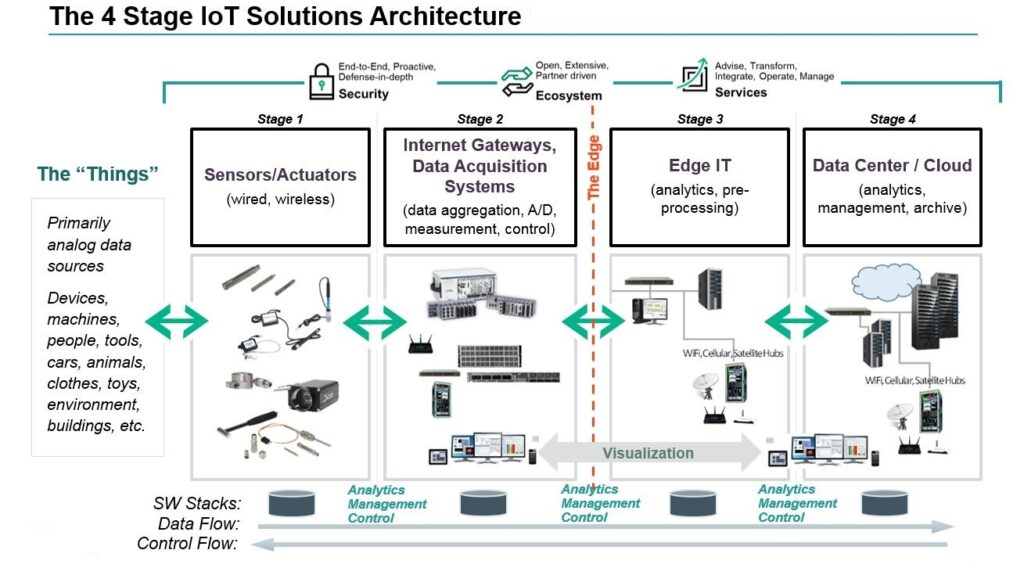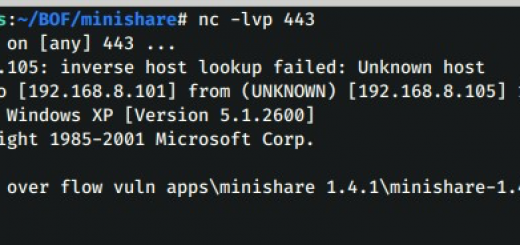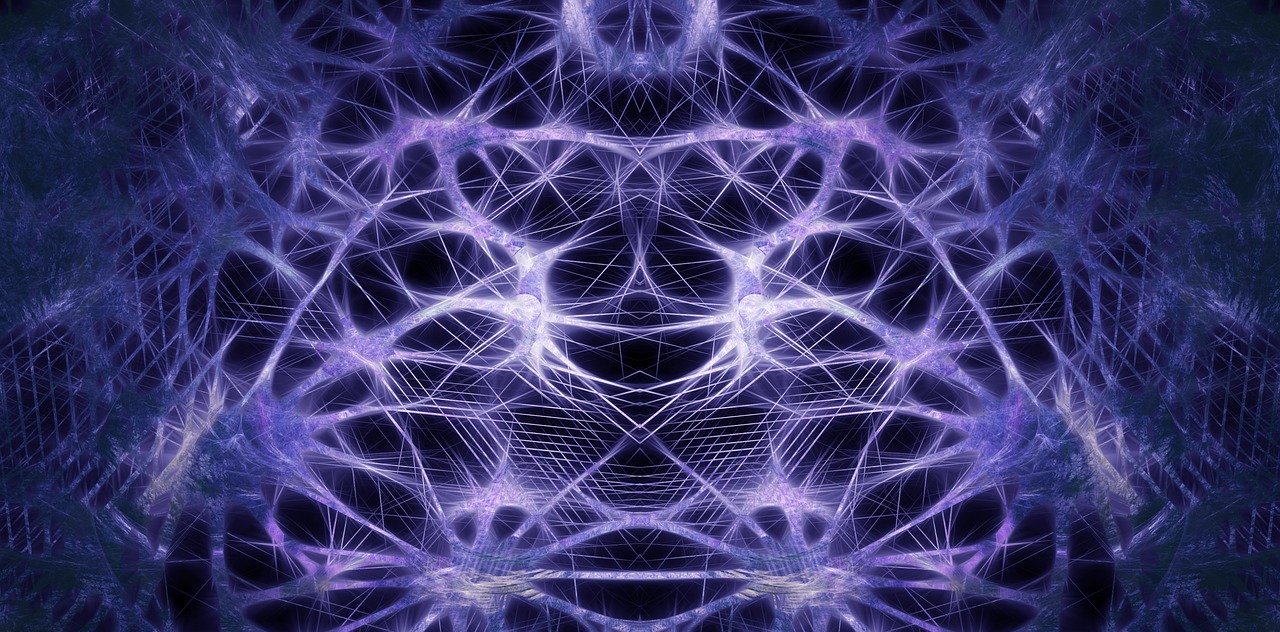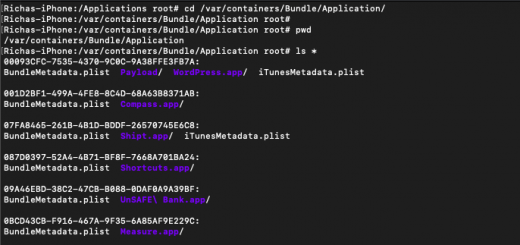IoT pentesting for beginners – Part 1
In this article, I will be covering IOT fundamentals. So The Word IOT means the Internet of Things and if I divide this into simpler formats then
Internet + devices = Internet of things
The Internet of Things is the interconnection of uniquely identifiable embedded computing devices within the existing Internet infrastructure.
or
A network of physical objects that can interact with each other to share information and take action.
Some additional factors of IoT :
People
More “things” can be monitored and controlled so people will become more capable.
Process
More users and machines can collaborate in real-time so more complex tasks can be accomplished in lesser time. And hence we have more collaborated and coordinated data.
Data
Collect data more frequently and reliably. Those results are more accurate for decision-making.
Things
Things become more controllable therefore mobile devices and these devices become more valuable.
Economic Impact
Predictions have been made that the IoT has the potential to increase global corporate profits by 21% (in aggregate) by 2022.
- Asset Utilization: $2.5T
- Employee Productivity: $2.5T
- Supply Chain and Logistics: $2.7T
- Customer Experience: $3.7T
- Innovation: $3.7T
A total of $19 Trillion Market. That’s huge !!
- Machine-to-Machine (M2M) connections are increasingly important
- Person-to-Person (P2P) are as well
- Person-to-Machine (P2M)
- Machine-to-Person (M2P) still represents the majority of IoT’s economic value
- M2M: $6.4T: 45% of economic value.
- M2P or P2M: $3.5T and P2P: $4.5T together represent 55% of economic value.
Putting it all together in a nutshell, we can see that this technology is huge and has enormous potential! This is and will create huge potential for developers !!!!!!!!!!!!!!!!!!
So Now let’s Come on to the basics building block of IoT: –
(i) Hardware / Sensors (ii) Processers (iii) Gateways (iv) Applications
i) Hardware/Sensors:
the main purpose of things is to collect data from its surrounding sensors or give out data to its surrounding actuators. Devices should need to be connected with the sources for data collection. These devices either work on their own (autonomous in nature) or can be made to work by the user depending on their needs (user-controlled).
Examples of sensors are the gas sensor, water quality sensor, moisture sensor, etc.
ii) Processors:
Processors are the brain of the IoT system. Their main function is to process the data captured by the sensors and process them so as to extract valuable data from the enormous amount of raw data collected. In a word, we can say that it gives intelligence to the data. Processors mostly work on a real-time basis and can be easily controlled by applications. These are also responsible for securing the data – that is performing encryption and decryption of data.
Embedded hardware devices, microcontrollers, etc are the ones that process the data because they have processors attached to them.
iii) Gateways:
gateway helps in and for communication of the data. It provides network connectivity to the data. Network connectivity is essential for any IoT system to communicate.
LAN, WAN, PAN, etc are examples of network gateways.
iv) Applications:
Applications form another end of an IoT system. Applications are essential for the proper utilization of all the data collected. These cloud-based applications are responsible for rendering effective meaning to the data collected. Applications are controlled by users and are the delivery point of particular services.
Examples of applications are home automation apps, security systems, industrial control hubs, etc.
let’s have a look at IoT architecture

Hope you enjoyed it!!
Thanks for visiting us. Join codefensive for professional cybersecurity training.



Recent Comments